Quality Measurement in Healthcare: Tools and Professional Roles
VerifiedAdded on 2023/06/13
|5
|723
|466
Report
AI Summary
This report defines quality measurement in healthcare as the evaluation of healthcare provider and plan performance against recognized standards. It emphasizes the roles of various healthcare professionals and the quality initiatives and improvement tools they employ. The report details how measurement tools, such as care, safety, and equitable treatment, are used across different professional fields—including physicians, midlevel providers, auxiliary staff, and administrative professionals—to ensure patient safety, proper medication administration, hygienic environments, and fair treatment irrespective of social status, religion, or race. It highlights the importance of these measurements in preventing underuse or overuse of medication, maintaining system safety, and promoting equality in patient care, ultimately improving the overall quality of healthcare.
1 out of 5
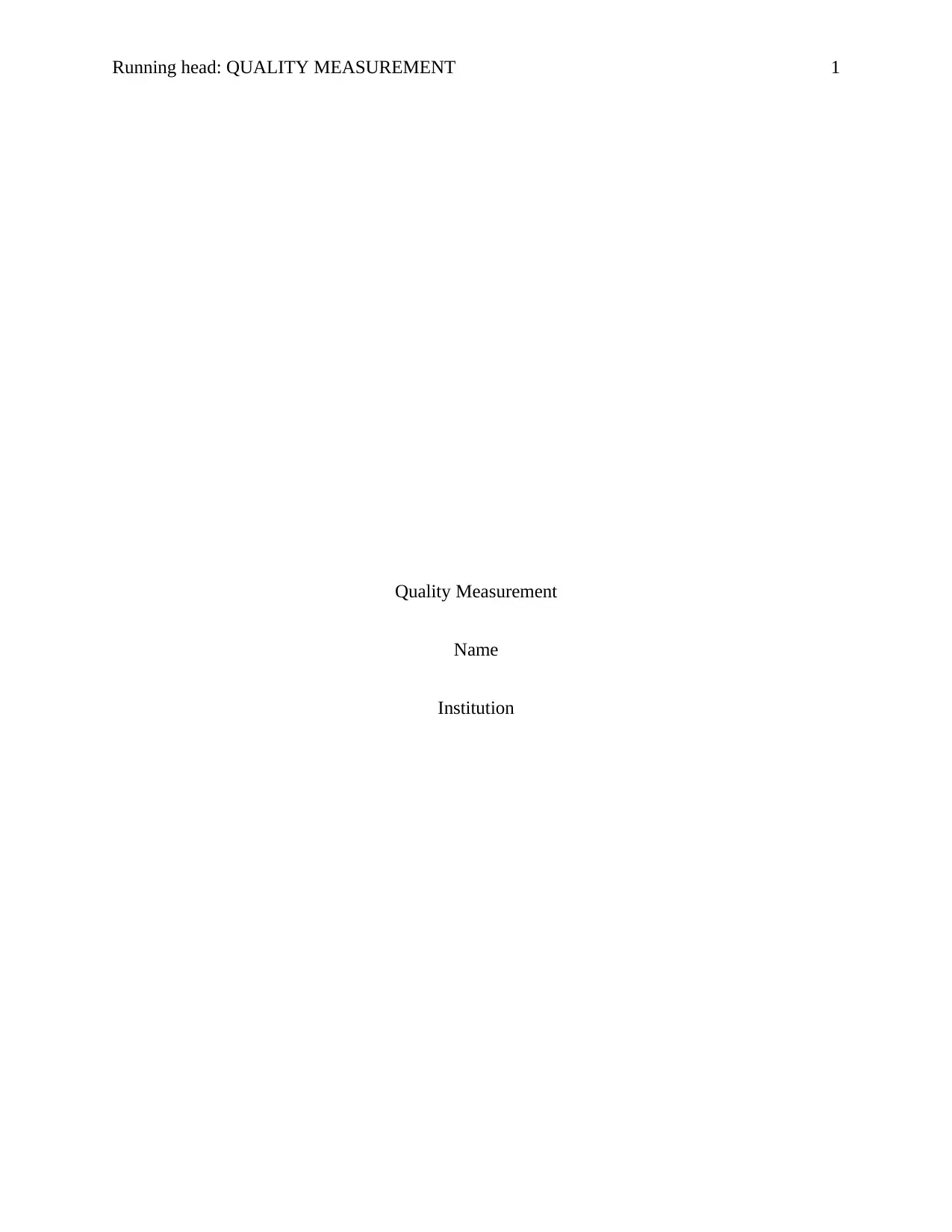
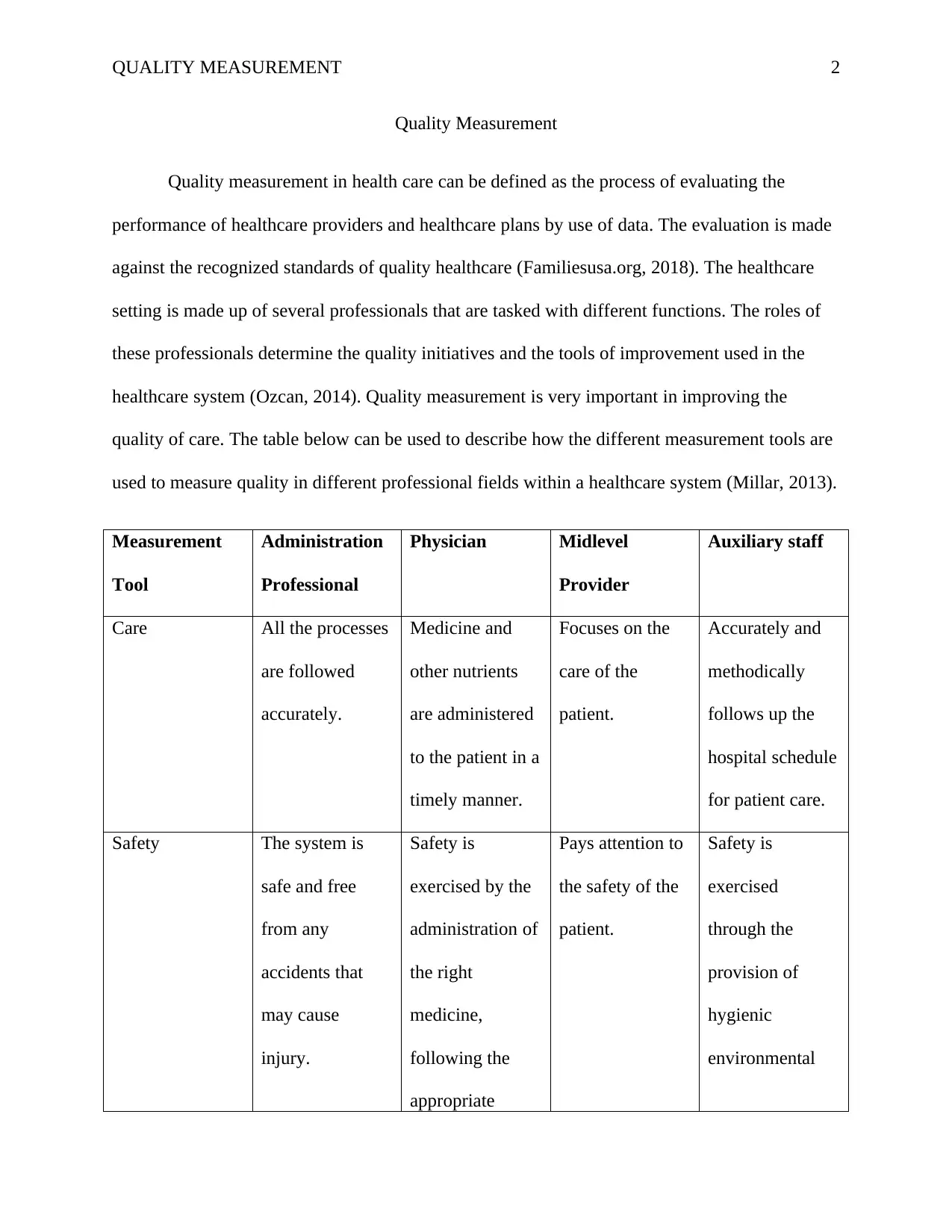
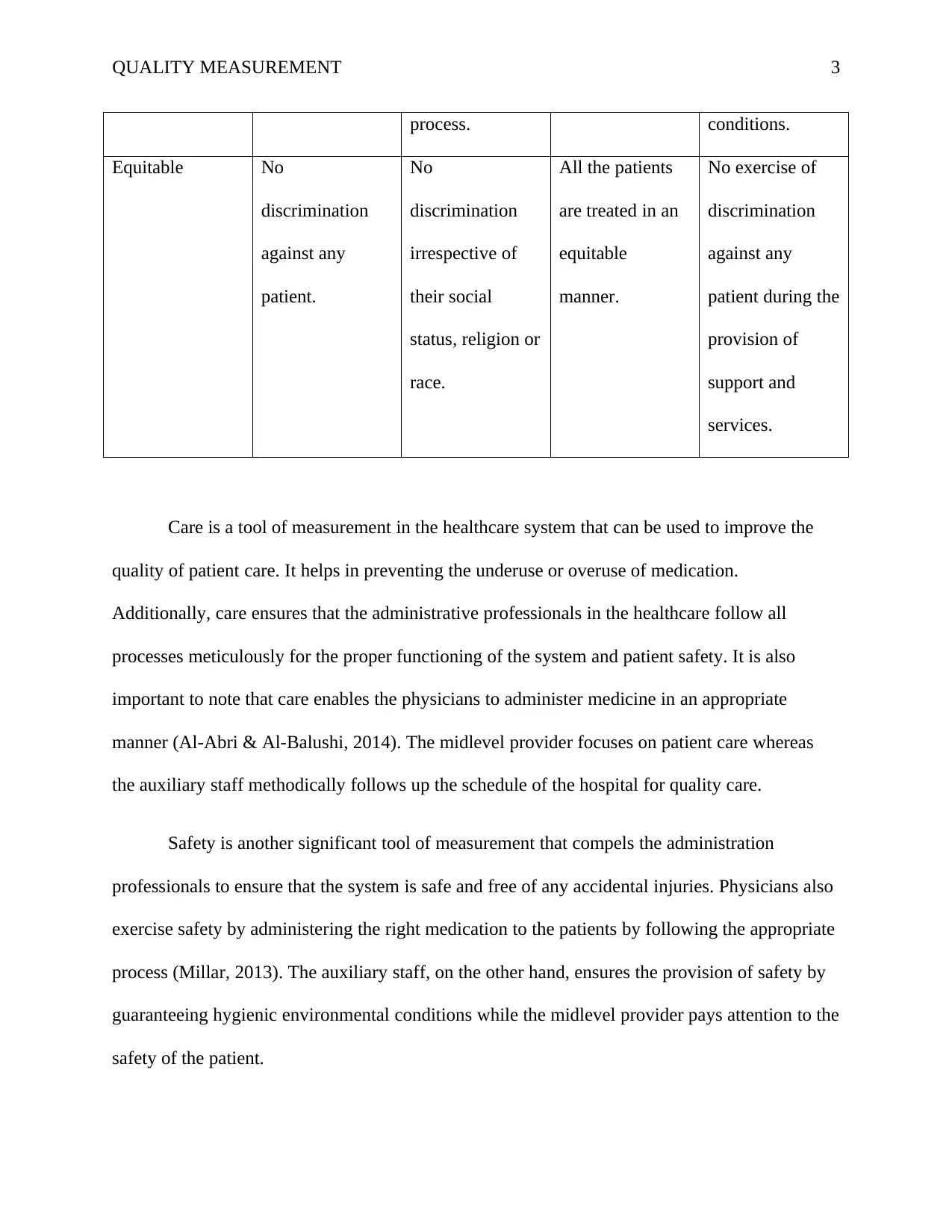

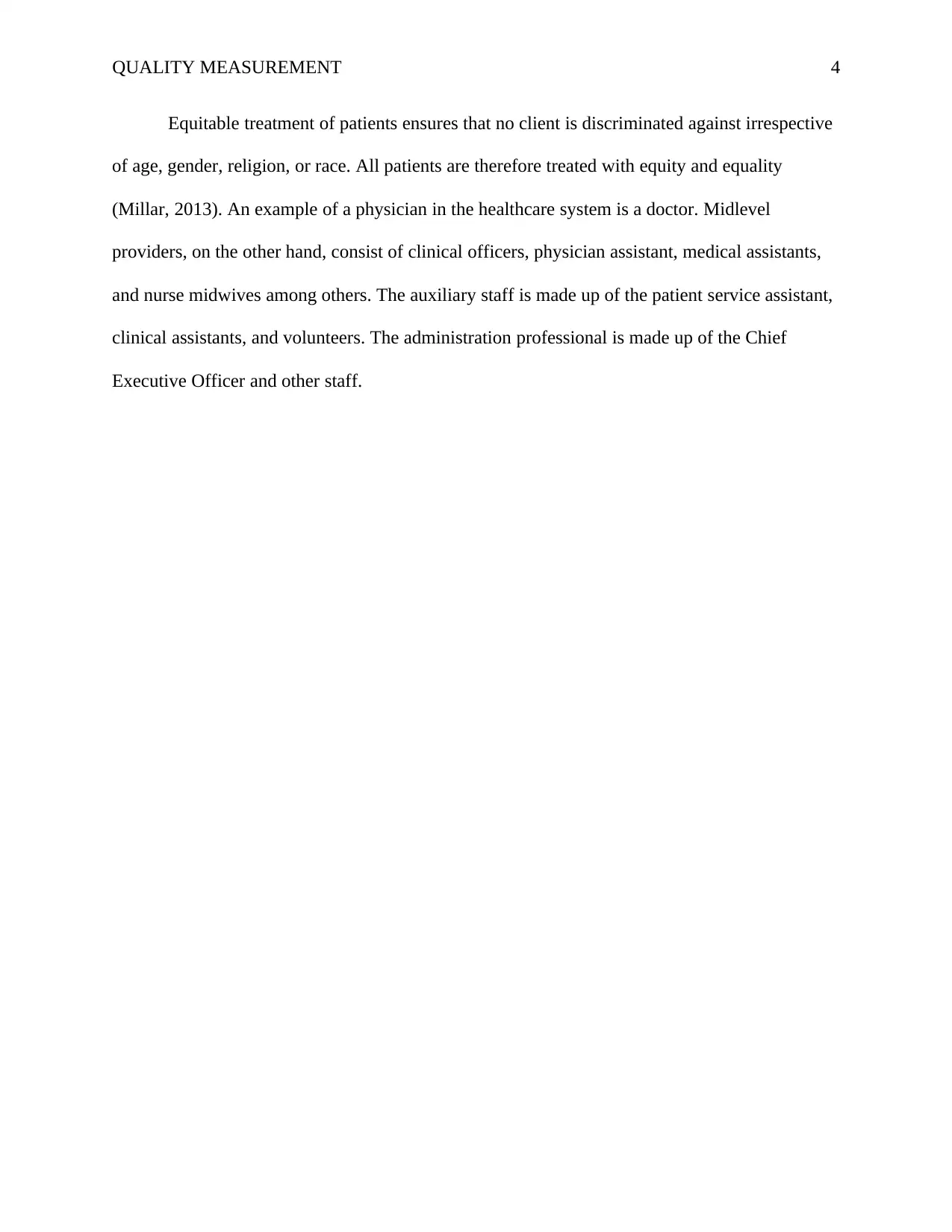
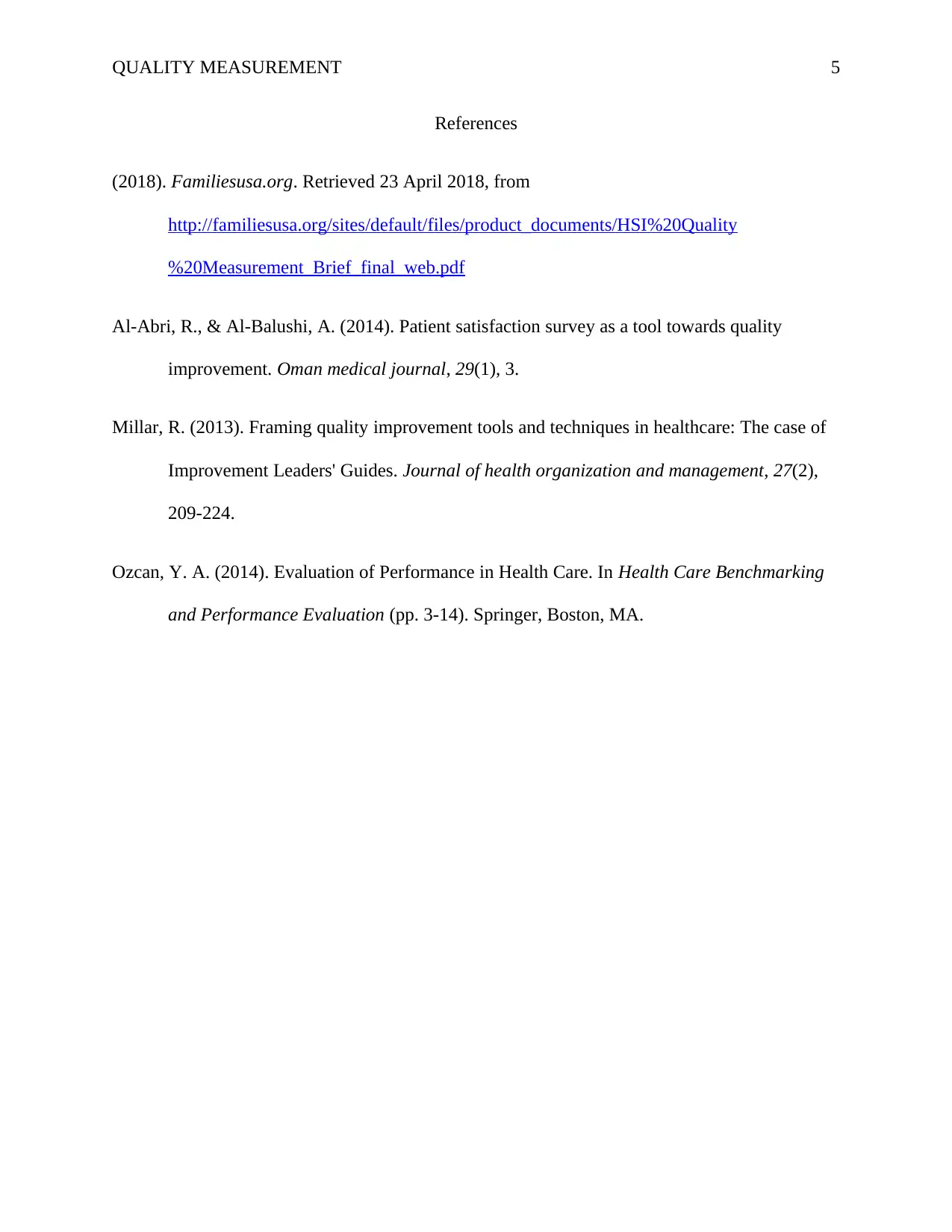





![[object Object]](/_next/static/media/star-bottom.7253800d.svg)